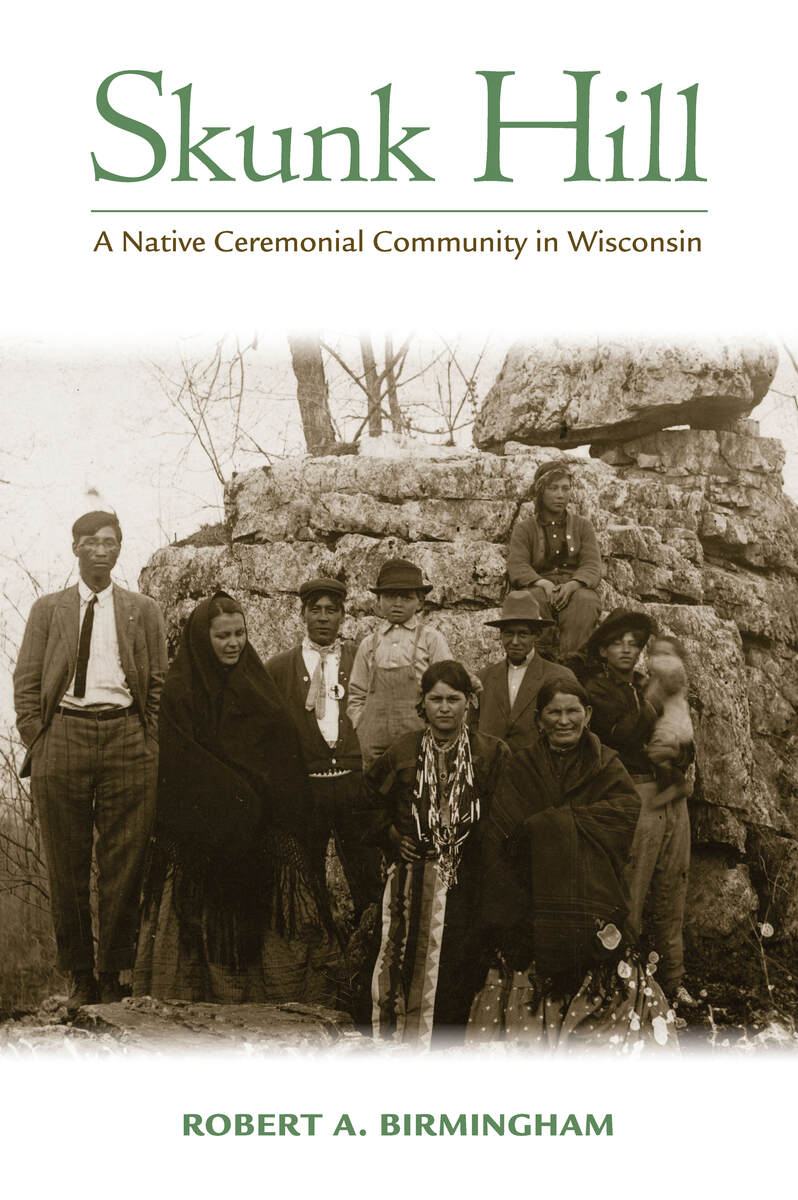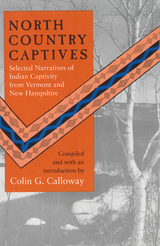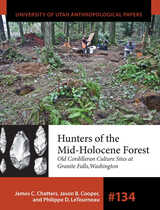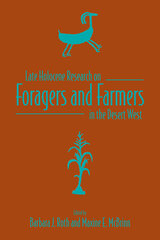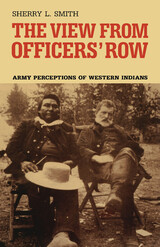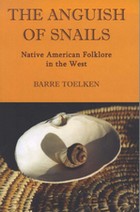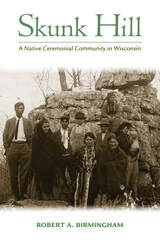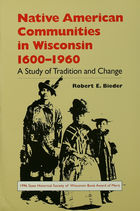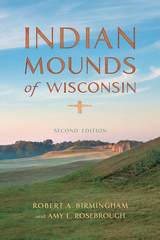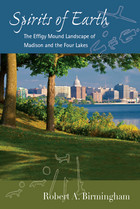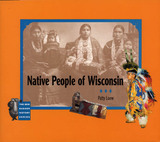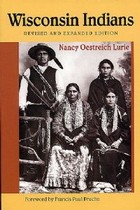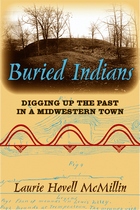Skunk Hill: A Native Ceremonial Community in Wisconsin
Wisconsin Historical Society Press, 2015
Paper: 978-0-87020-705-1 | eISBN: 978-0-87020-706-8
Library of Congress Classification E78.W8.B574 2015
Dewey Decimal Classification 977.500497
Paper: 978-0-87020-705-1 | eISBN: 978-0-87020-706-8
Library of Congress Classification E78.W8.B574 2015
Dewey Decimal Classification 977.500497
ABOUT THIS BOOK | AUTHOR BIOGRAPHY | REVIEWS | TOC
ABOUT THIS BOOK
Rising above the countryside of Wood County, Wisconsin, Powers Bluff is a large outcrop of quartzite rock that resisted the glaciers that flattened the surrounding countryside. It is an appropriate symbol for the Native people who once lived on its slopes, quietly resisting social forces that would have crushed and eroded their culture. A large band of Potawatomi, many returnees from the Kansas Prairie Band Potawatomi reservation, established the village of Tah-qua-kik or Skunk Hill in 1905 on the 300-foot-high bluff, up against the oddly shaped rocks that topped the hill and protected the community from the cold winter winds.
In Skunk Hill, archeologist Robert A. Birmingham traces the largely unknown story of this community, detailing the role it played in preserving Native culture through a harsh period of US Indian policy from the 1880s to 1930s. The story’s central focus is the Drum Dance, also known as the Dream Dance or Big Drum, a pan-tribal cultural revitalization movement that swept the Upper Midwest during the Great Suppression, emphasizing Native values and rejecting the vices of the white world. Though the community disbanded by the 1930s, the site, now on the National Register of Historic
Places with two dance circles still visible on the grounds, stands as testimony to the efforts of its members to resist cultural assimilation.
In Skunk Hill, archeologist Robert A. Birmingham traces the largely unknown story of this community, detailing the role it played in preserving Native culture through a harsh period of US Indian policy from the 1880s to 1930s. The story’s central focus is the Drum Dance, also known as the Dream Dance or Big Drum, a pan-tribal cultural revitalization movement that swept the Upper Midwest during the Great Suppression, emphasizing Native values and rejecting the vices of the white world. Though the community disbanded by the 1930s, the site, now on the National Register of Historic
Places with two dance circles still visible on the grounds, stands as testimony to the efforts of its members to resist cultural assimilation.
See other books on: Birmingham, Robert A. | Ethnic identity | Potawatomi Indians | Rites and ceremonies | Wisconsin
See other titles from Wisconsin Historical Society Press
